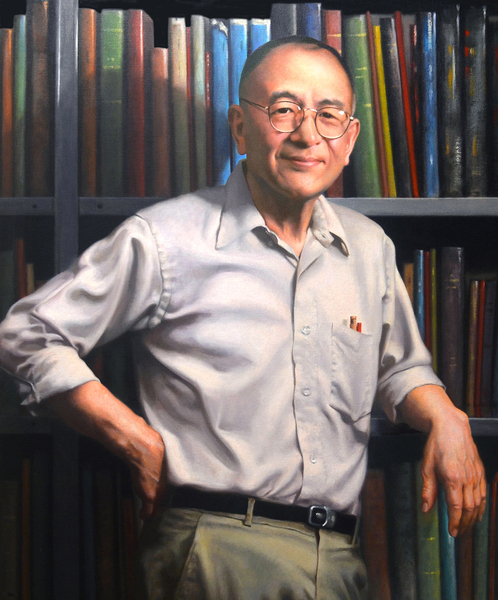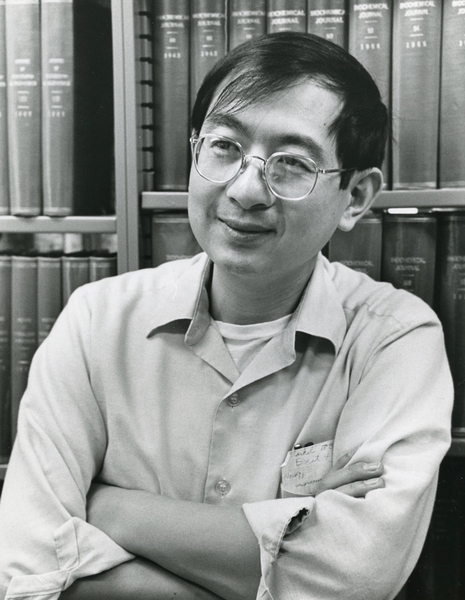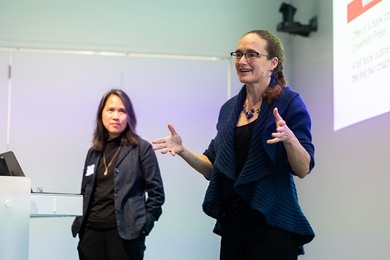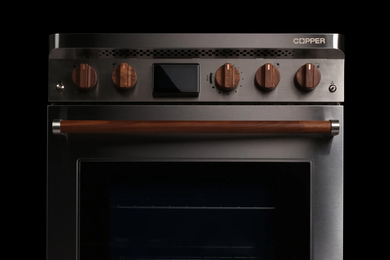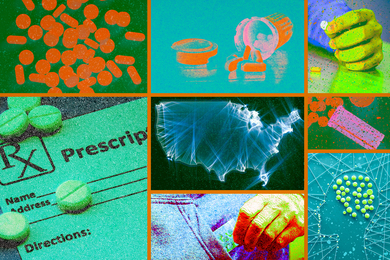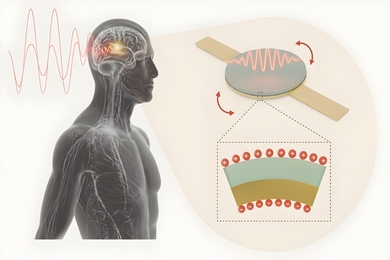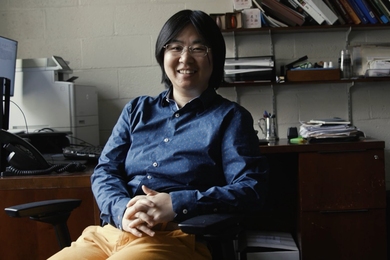Nelson Yuan-sheng Kiang, an internationally recognized scientist known for his influential research into speech and hearing, as well as his dedication to enhancing academic exchange between Chinese and American scientists, died March 19 at his home in the Beacon Hill neighborhood of Boston. He was 93.
Kiang was a principal research scientist in the Research Laboratory of Electronics (RLE) at MIT, and was a member of the Harvard-MIT Program in Health Sciences and Technology (HST), which at MIT is is housed within the Institute for Medical Engineering and Science (IMES).
Known for his passion for educating and mentoring young scientists, researchers, and clinicians, he established a PhD program in speech and hearing bioscience and technology (SHBT) at HST in 1992. Succeeding Kiang as co-director was Louis Braida, who had been the Henry Ellis Warren (1894) Professor Emeritus in the MIT Department of Electrical Engineering and Computer Science at the time of his death last fall. SHBT is now part of the Division of Medical Sciences at Harvard Medical School (HMS).
Kiang was also the founding director of the Eaton-Peabody Laboratories (EPL) at Massachusetts Eye and Ear. Established in 1958, he was the director there until 1996. According to HMS, he partnered with Amelia Peabody, a philanthropist and former Mass Eye and Ear board member, to create EPL. Today EPL is comprised of more than 20 investigators dedicated to the study of hearing and deafness, with a primary focus on acoustic and biomechanics, inner ear biology, and central auditory processing.
Born in Wuxi, China, Kiang was 5 years old when he arrived in the United States in 1934. He lived in Los Angeles, New York City, and Seattle before earning his bachelor’s degree, and then the first PhD in biophysiology, from the University of Chicago, according to HMS News. He came to MIT in 1955, where he led the early use of computers in neuroscience. According to HMS, by leveraging his MIT contacts, in 1962 he installed one of the original LINC computers at the Eaton-Peabody Laboratories in order to acquire data for his 1965 monograph on auditory-nerve response.
M. Charles Liberman, who succeeded Kiang as EPL director from 1996 to 2022, and is now an investigator at the EPL, says he was one of Kiang’s first mentees, meeting him in 1971 while he was a senior at Harvard University. He says that Kiang “was a real pioneer in harnessing the power of computers in an auditory setting … he was the first auditory scientist to do so.”
Liberman adds that ironically, despite this groundbreaking use of computers, Kiang was famous for not being interested in learning how to use computers for everyday use, such as for word processing or email. Liberman says that “one of the most remarkable things” about Kiang, who was known to get by on very little sleep, was his “devotion to mentorship at all levels.”
“When he founded the lab it had about a dozen people, and it eventually grew to 50-60 under his leadership, and to over 100 today,” Liberman says. “And he would spend time talking to everyone, about his science, and about their lives — from faculty to trainees.” He said the phrase “being Kiang-ed” — having the experience of a long discussion about any range of topics with him — became well known around MIT, Harvard, and EPL.
“He taught me how to be a scientist and how to be my own worst critic,” Liberman says. “He was famous for being brutally honest … and compliments were hard to come by, though he mellowed in later years.”
Liberman says that Kiang prided himself on being able to move easily between MIT, Harvard, and Mass Eye and Ear, retaining fruitful research affiliations with each institution and with colleagues spread across many disciplines, well into his career. This is illustrated in an interview for a faculty profile in 1989 with RLE Currents, in which Kiang spoke of his approach to bridging science, medicine, and engineering. He cited doctors who are specialists in diagnosing and treating diseases of the ear, nose, and throat, adding “I could speak their language. I had some training in medicine as well as the basic sciences, so it was easy for me to move from one group of people to another. You might say that I’m a linguist in science, because I find it easy to communicate with clinicians, engineers, biologists, and psychologists.”
“Even though science and medicine don’t have the same mission, they do overlap somewhat,” he said.
According to The Boston Globe, in recent years Kiang was troubled by the rise of anti-Asian bigotry. He had set aside some 2,000 books to donate to the new Chinatown branch of the Boston Public Library under development, as well as hundreds more for the Josiah Quincy Upper School, which is currently under construction in Chinatown.
He is survived by his wife, Barbara Kiang, with whom he traveled the world; along with his son Peter Kiang, who is professor and director of Asian American Studies at the University of Massachusetts Boston; and a grandson, Jazz Kiang, who is a PhD student in higher education and organizational change at the University of California at Los Angeles. According to his son, Kiang was pleased that education had emerged as the “family business” across generations.
At MIT, Kiang played a number of leadership roles, including his service for more than a decade as chair of MIT’s Committee on Discipline.
Peter Kiang adds that during his father's post-retirement period, in 2001, he convened a historic gathering of over 1,500 scientists, medical doctors, and health-care policy leaders — half of whom came from China and half from across the United States. Hosted by MIT and Harvard with co-sponsorship by the Chinese Medical Association, the foundational “Health Care East and West” conference represented one of many efforts by Kiang to bridge people-to-people relationships between cultures, countries, and systems, particularly among Chinese and Americans scientists.
At the conclusion of the RLE Currents interview, Kiang was asked how he would like to be remembered. In part he said, “It’s not so important for anyone to remember me, as it is for them to support the ideas that I stand for … I don’t think being remembered is as nearly important as imparting to students the values that one holds dear — intellectual integrity, dedication to scholarship, and a sense of quality in one’s work. I think that’s the best legacy to leave them, and they should pass it on — like a virus that becomes part of our genetic heritage.”
